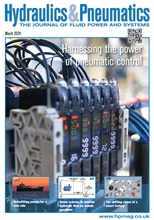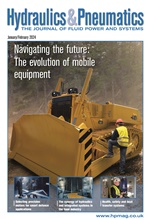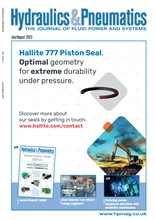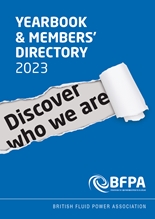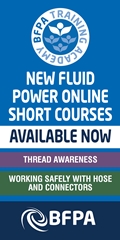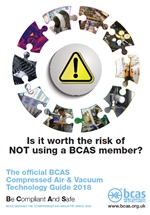Specifying the right compressed air treatment
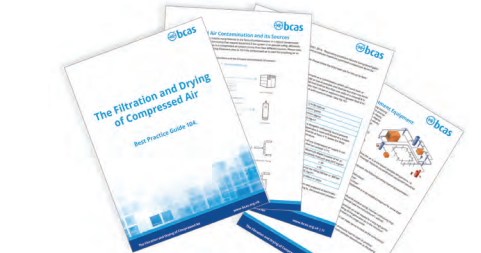
In this month’s column from the British Compressed Air Society (BCAS), Vanda Jones, Executive Director and Company Secretary provides guidance for selecting point-of-use filtration for compressed air equipment
Which contaminant?
Compressed air contaminants are combined into three distinct categories: particles (including viable and non-viable microbiological organisms), water and oil. ISO 8573-1, the international standard for compressed air purity (quality), refers to the main contaminants in this format.
When selecting purification equipment, it must be remembered that contaminants will be in one of three different phases (states of matter). For example, water and oil in a compressed air system will be found in liquid form, as an aerosol (fine mist) and in a vapour (gaseous) phase and a different purification technology will be required depending upon the phase of the contaminant.
Which standard?
Depending on the application, there are number of different compressed air standards and best practice guidelines which can assist the end user.
ISO8573 series is the most commonly used standard for compressed air (excluding breathing air or medical air). ISO8573-1 – International Standard Relating to Compressed Air Purity (Quality) ISO8573-1 provides the user a way of specifying an air purity (quality) required for the entire compressed air system and/or for individual usage points, based upon application requirements.
In addition, there are also specific requirement for compressed air that comes in to direct or indirect contact with food or beverage products as well as the HTM02-1 purity recommendation for medical and surgical air and HTM2022 for dental air. Finally, EN 12021:2014 is the specified standard for breathable air, indicating maximum permitted contaminant levels both in the UK and the EU.
Specifying correctly
Whether designing new systems, or reviewing existing systems, the first step should be to define the precise compressed air purity (quality) requirements, ideally using the ISO8573-1 standard. To achieve the degree of air purity (quality) specified by ISO8573-1, a careful approach to system design, commissioning and operation must be adopted.
It is recommended that compressed air is treated prior to entry into the distribution system and at critical usage points and application, to ensure that contamination already in the distribution system is removed.
Purification equipment should ideally be installed where the air is at the lowest possible temperature, i.e., downstream of air receivers, but also protected from freezing. Point-of-use purification equipment should be installed as close as possible to the application
Many manufacturing plants only need a proportion of the compressed air to be treated to a very high purity (quality). In these cases, excellent savings are achievable by treating all the generated air to the minimum acceptable level and improving the purity (quality) to the desired level at the usage point.
If most of the compressed air is needed at a high purity (quality), it can make sense to treat all the compressed air to the level required by the highest purity (quality) application.
-
Smart Manufacturing & Engineering Week
05 - 06 June, 2024
NEC, Birmingham -
HILLHEAD 2024
25 June, 2024, 9:00 - 27 June, 2024, 16:00
Hillhead Quarry, Buxton, Derbyshire UK



